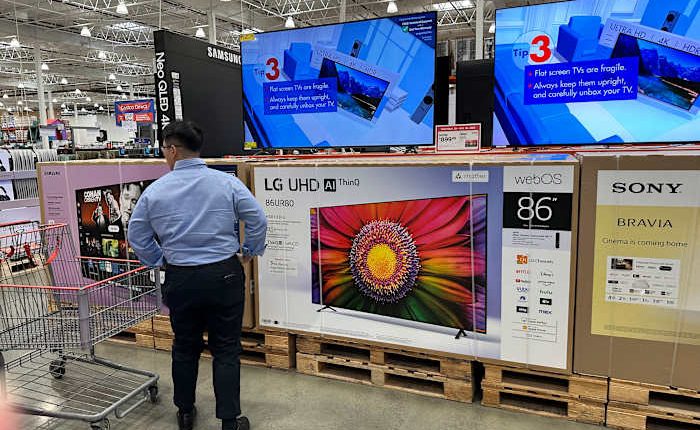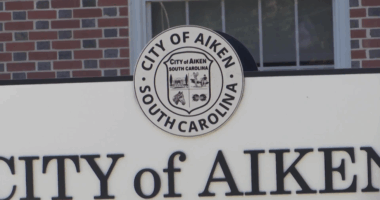Share this @internewscast.com

WASHINGTON – In May, a crucial inflation indicator increased, hinting that prices continue to remain persistently high, while Americans also reduced their spending that month.
Prices climbed 2.3% in May compared to the previous year, an increase from 2.1% in April, according to the Commerce Department on Friday. Excluding the unpredictable food and energy sectors, core prices rose by 2.7% over the previous year, up from 2.5% the month prior. Both of these numbers slightly exceed the Federal Reserve’s 2% target. The Fed monitors core inflation as it generally offers a better forecast of future inflation trends.
Meanwhile, for the first time since January, Americans reduced their spending, with overall expenditures dropping by 0.1%. Incomes fell by a significant 0.4%. Both of these figures were skewed by temporary factors: Spending on vehicles sharply decreased, affecting total spending, as Americans had accelerated vehicle purchases earlier in the spring to avoid anticipated tariffs.
And incomes dropped after a one-time adjustment to Social Security benefits had boosted payments in March and April. Social Security payments were raised for some retirees who had worked for state and local governments.
The inflation figures suggest that President Donald Trump’s broad-based tariffs are still having only a modest effect on prices. The costs of some goods, such as toys and sporting goods, have risen, but those increases have been partly offset by falling prices for new cars, airline fares, and apartment rentals, among other items.
On a monthly basis, in fact, inflation was mostly tame. Prices rose just 0.1% in May from April, according to the Commerce Department, the same as the previous month. Core prices climbed 0.2% in May, more than economists expected and above last month’s 0.1%.
Economists point to several reasons for why Trump’s tariffs have yet to accelerate inflation, as many analysts expected. Like American consumers, companies imported billions of dollars of goods in the spring before the duties took full affect, and many items currently on store shelves were imported without paying higher levies.
There are early indications that that is beginning to change.
Nike announced this week that it expects U.S. tariffs will cost the company $1 billion this year. It will institute “surgical” price increases in the fall. It’s not the first retailer to warn of price hikes when students are heading back to school. Walmart said last month that that its customers will start to see higher prices this month and next as back-to-school shopping goes into high gear.
Also, much of what the U.S. imports is made up of raw materials and parts that are used to make goods in the U.S. It can take time for those higher input costs to show up in consumer prices. Economists at JPMorgan have argued that many companies are absorbing the cost of the tariffs, for now. Doing so can reduce their profit margins, which could weigh on hiring.
Cooling inflation has put more of a spotlight on the Federal Reserve and its chair, Jerome Powell. The Fed ramped up its short-term interest rate in 2022 and 2023 to slow the economy and combat inflation, which jumped to a four-decade high nearly three years ago. With price increases now nearly back to the Fed’s target, some economists — and some Fed officials — say that the central bank could reduce its rate back to a level that doesn’t slow or stimulate growth.
Trump has also repeatedly attached the Fed for not cutting rates, calling Powell a “numskull” and a “fool.”
But Powell said in congressional testimony earlier this week that the Fed wants to see how inflation and the economy evolve before it cuts rates. Most other Fed policymakers have expressed a similar view.
Copyright 2025 The Associated Press. All rights reserved. This material may not be published, broadcast, rewritten or redistributed without permission.
















